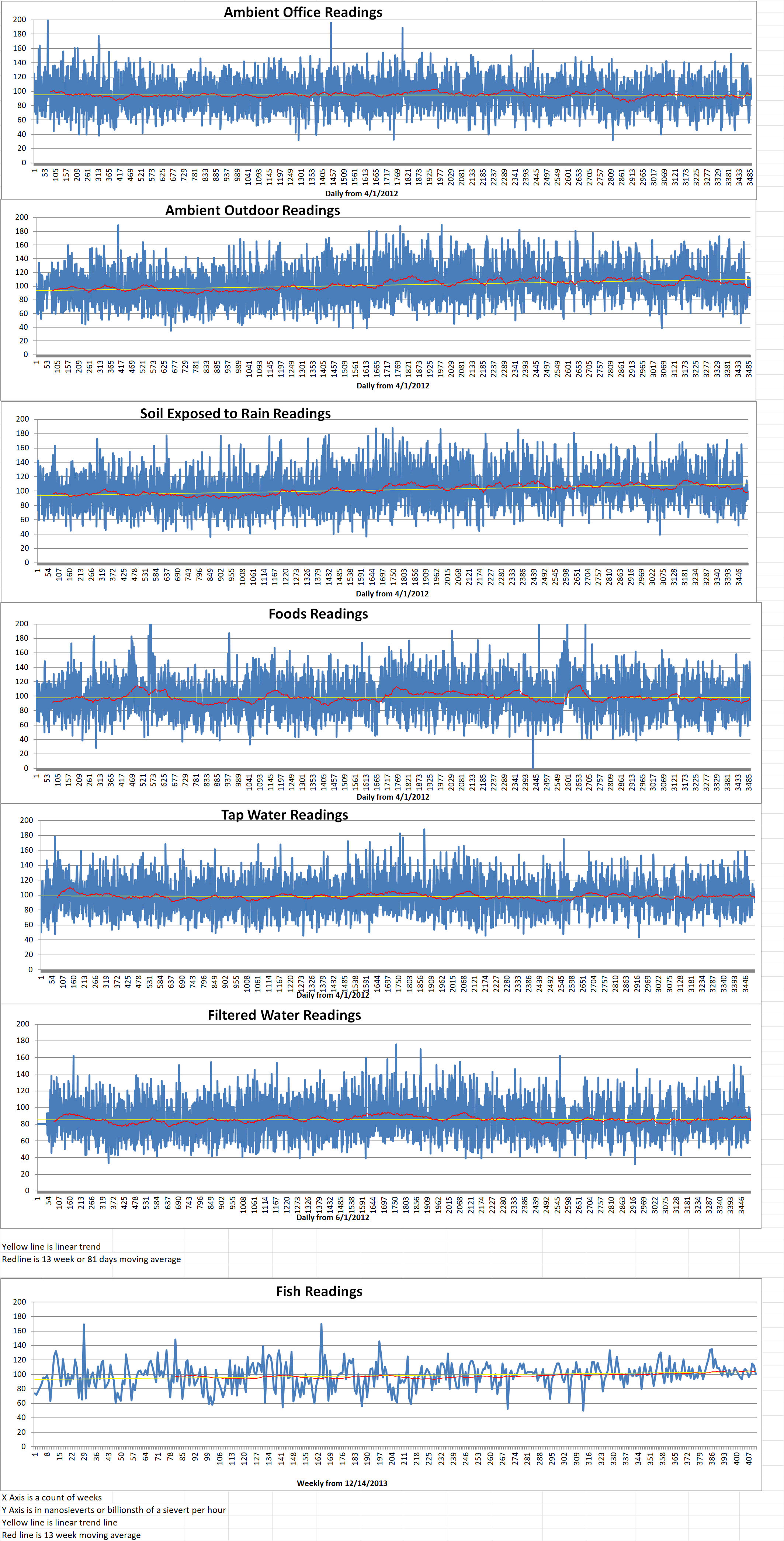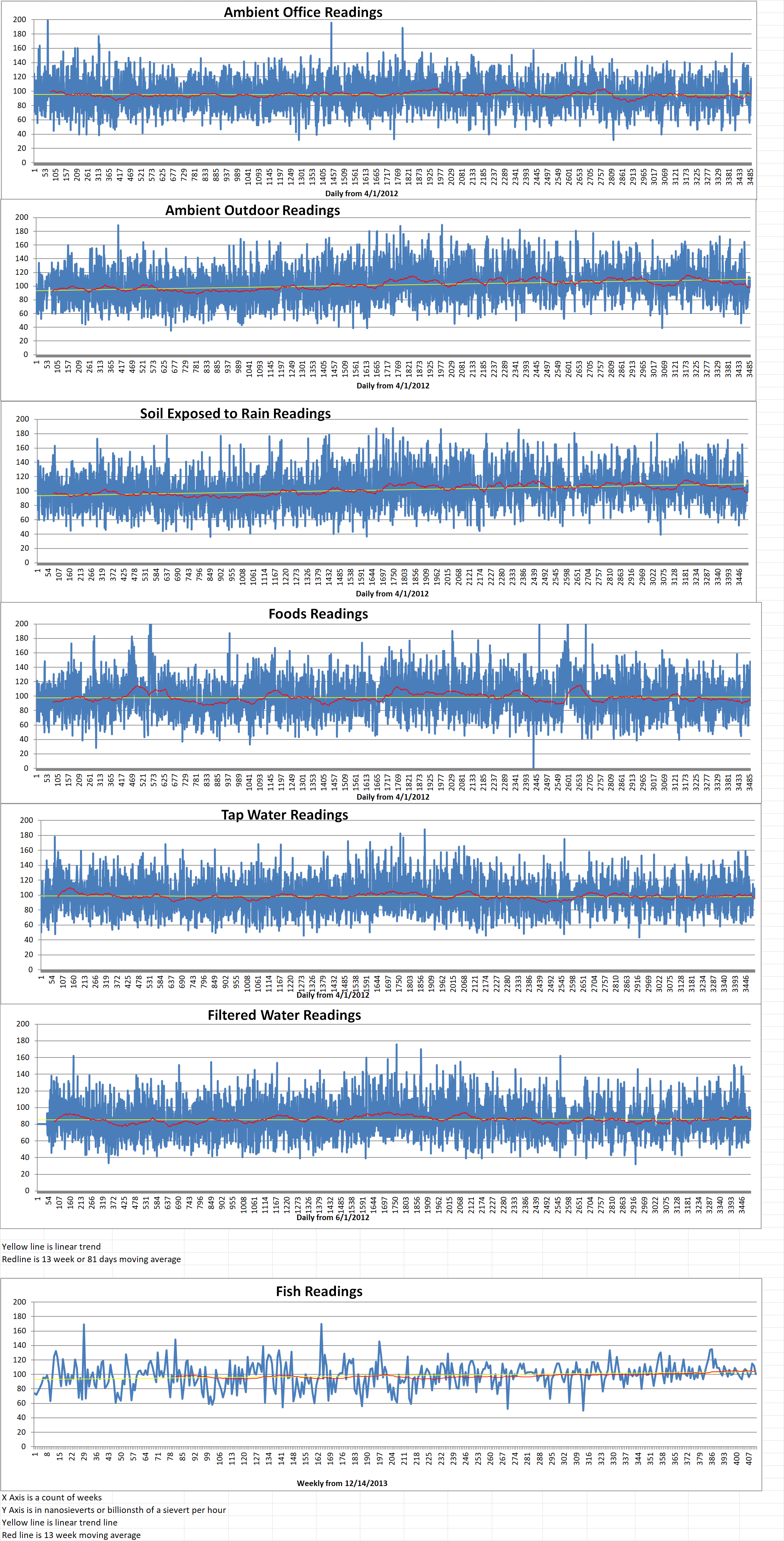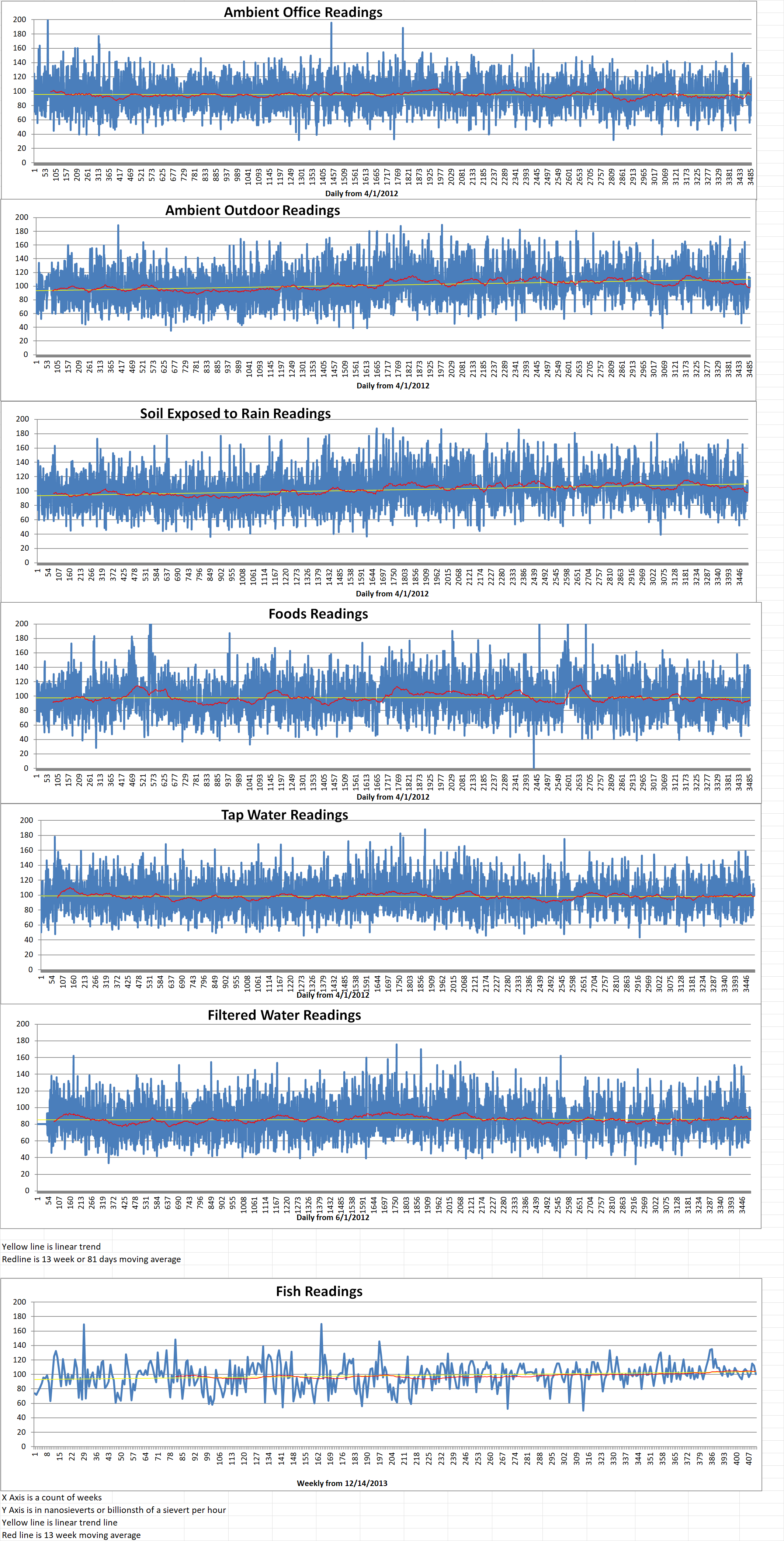Part 1 of 2 Parts
The International Energy Agency (IEA) just published Canada 2022: Energy Policy Review. The last IEA review was published in 2015. The new review found that since 2015, Canada has made a series of enterprising international and domestic commitments. It has also made progress towards transforming its energy system.
Fatih Birol is the IEA Executive Director. When the new report was published, he said, “Canada has shown impressive leadership, both at home and abroad, on clean and equitable energy transitions. Canada’s wealth of clean electricity and its innovative spirit can help drive a secure and affordable transformation of its energy system and help realize its ambitious goals. Equally important, Canada’s efforts to reduce emissions – of both carbon dioxide and methane – from its oil and gas production can help ensure its continued place as a reliable supplier of energy to the world.”
In his forward to the report, Birol said, “Canada’s electricity supply is among the cleanest in the world, thanks in large part to the dominance of hydro power and the important role of nuclear. Greater interconnections among provinces and territories can ensure balanced progress towards national goals for decarbonizing the power sector. Steeper emissions reductions are still needed in other sectors, notably oil and gas production, transport and industry. To this end, Canada has focused its efforts on a number of technologies, including carbon capture, utilization and storage; hydrogen; and small modular nuclear reactors, with a view to serving as a supplier of energy and climate solutions to the world.”
Chapter 8 of the new report on nuclear energy reviews in detail all aspects of Canada’s nuclear industry including power generation, nuclear power plant refurbishment, energy security, small modular reactors (SMRs), uranium mining, waste management and decommissioning, isotope production, and research and development. The report concluded that nuclear energy is an important part of the Canadian energy mix. “Nuclear is the second-largest source for electricity generation after hydropower and with 98TWh of electricity produced in 2020, nuclear contributed to 15% of final electricity consumption.”
The Canadian government recognizes the role of nuclear power as a low-carbon and sustainable technology which is essential for Canada to make the transition to a low-carbon energy mix. The report says, “Achieving ambitious climate targets, and potentially net zero emissions by 2050, will require both long-term operation of the existing nuclear fleet and the development of nuclear new builds. However, decisions on electricity generation in Canada, sources and mixes are the authority of provinces and territories. The expected role of federal funding for nuclear new builds, and specifically SMRs, has yet to be explicitly assessed by the Canadian government. Assessing the role of federal funding will be of central importance to offer the required visibility to the Canadian nuclear supply chain to invest in these innovative nuclear technologies and to support the public engagement processes at the provincial and local levels.”
The IEA says that refurbishment of existing Candu nuclear reactors “is currently Canada’s first nuclear energy priority and stands as one of the largest ongoing infrastructure undertakings in the country”. The projects at Bruce and Darlington represent twenty billion dollars of investment over seventeen years to extend their life “with significant local economic and job spillovers estimated from both refurbishment activities and continued operations”. The refurbishment projects are expected to be finished in 2026 and 2033. The Pickering nuclear plant is planned to operate until 2025 to supply electricity during the refurbishment. Canada continues to promote the export of new Candu reactors internationally and to assist refurbishment projects in countries that currently operate Candu reactors. However, in Canada, plans for new Candu reactors are still a long-term option and “such plans had already been deferred at the time of the previous review and have not since been reconsidered further”.
Please read Part 2 next






